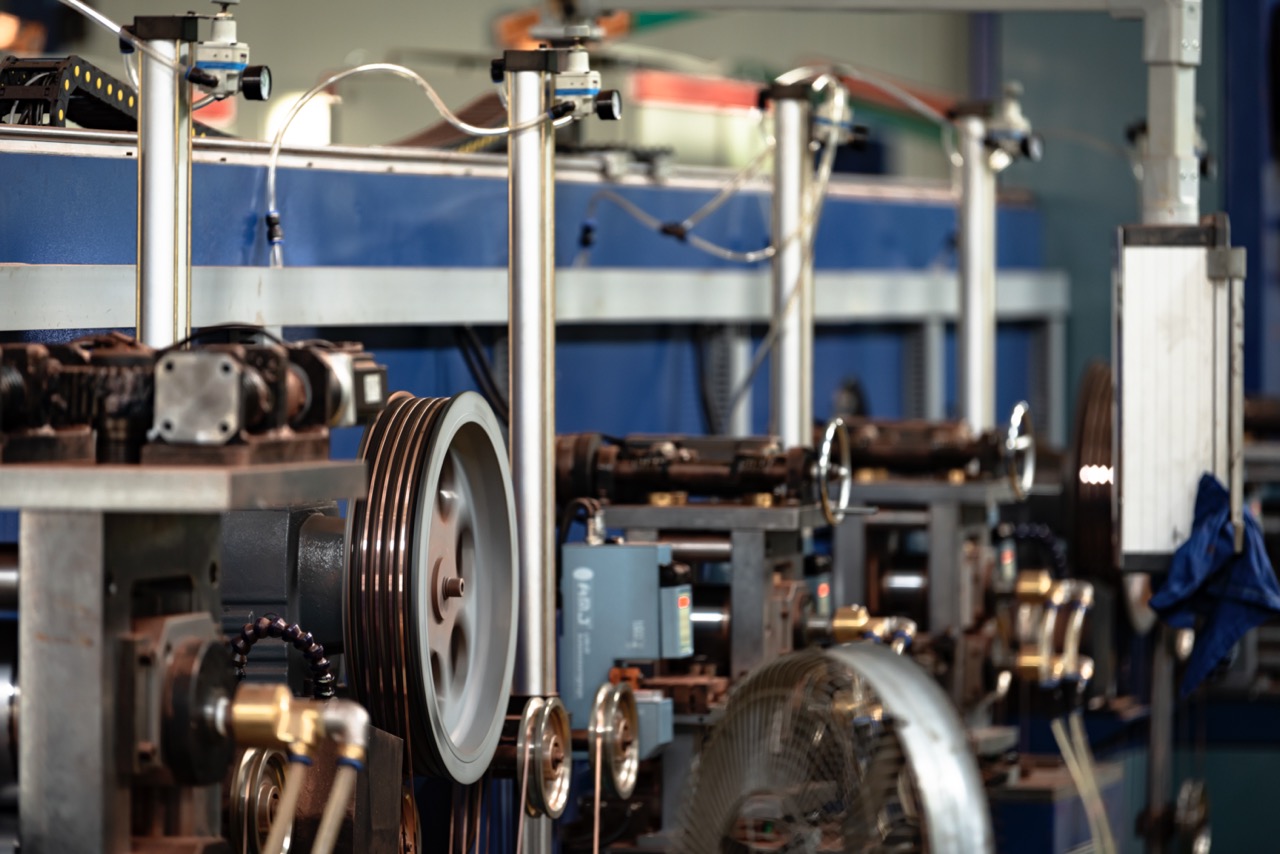Copper clad aluminum strip does need to pay special attention to some key points during use, especially inPhotovoltaic welding ribbonIn applications with high performance requirements, a little carelessness may affect the conductivity, welding reliability, and even product life.Matters that must be paid attention to when using copper-clad aluminum strip:
1. Storage and transportation precautions
1. Moisture and oxidation proof
- The copper layer is easy to oxidize, so it needs to be stored in sealed packaging with desiccant and the ambient humidity should be less than 60%.
- Do not expose to air for a long time, especially in a humid or corrosive gas environment.
2. Prevent scratches
- The copper layer on the surface of copper-clad aluminum strip is relatively soft and easily damaged during transportation, so scratch-proof and shock-proof packaging must be used.
- Operators should wear dust-free gloves and avoid contact with hard objects.
2. Precautions during processing and use
1. Slitting tension control
- Excessive slitting tension can easily lead to delamination of the copper layer and the aluminum base or copper exposure at the edge.
- It is recommended to use a constant tension control system, especially in the production of small-gauge strips.
2. Welding temperature control
- The thermal conductivity of copper-clad aluminum welding strip is worse than that of pure copper. The temperature needs to be adjusted properly during welding to prevent local burn-through or loose welding.
3. Avoid excessive bending
- The bending radius should not be too small, as excessive bending will cause the copper layer to crack or fall off.
- The recommended bending radius is ≥ 10D (10 times the strip thickness) to ensure service life.
3. Electrical performance requirements and precautions
1. Conductivity confirmation
- Before use, you should confirm whether the copper layer thickness meets the design requirements (generally ≥ 5μm) to ensure that the resistor is qualified.
- Uneven or too thin copper layer will affect the current carrying capacity and reducePhotovoltaic modulesefficiency.
2. Connection reliability
- The soldering tape should have good solderability and the solder joint strength should not be affected by poor copper-aluminum bonding.
- It is recommended to do tensile test and welding test, especially when using in batches for the first time.
4. Supporting Process and Compatibility Considerations
1. Matching welding process
- Copper-clad aluminum is slightly different from pure copper, and parameters such as solder paste, welding temperature, and time need to be adjusted.
2. Matching with device
- Ensure that welding heads, pressing rollers, cutting equipment, etc. do not damage the copper layer, especially in small-gauge wires.
5. Long-term stability verification
- If this is your first selection, we recommend the following evaluation:
- Long-term current withstand test
- High temperature aging test
- Corrosion testing in salt spray/humid heat environment
? Summary:
Although copper-clad aluminum strip has cost advantages, its use conditions must be strictly controlled to ensure that its weldability, conductivity and long-term stability meet the requirements before it can truly play its value as a substitute for copper strip.
